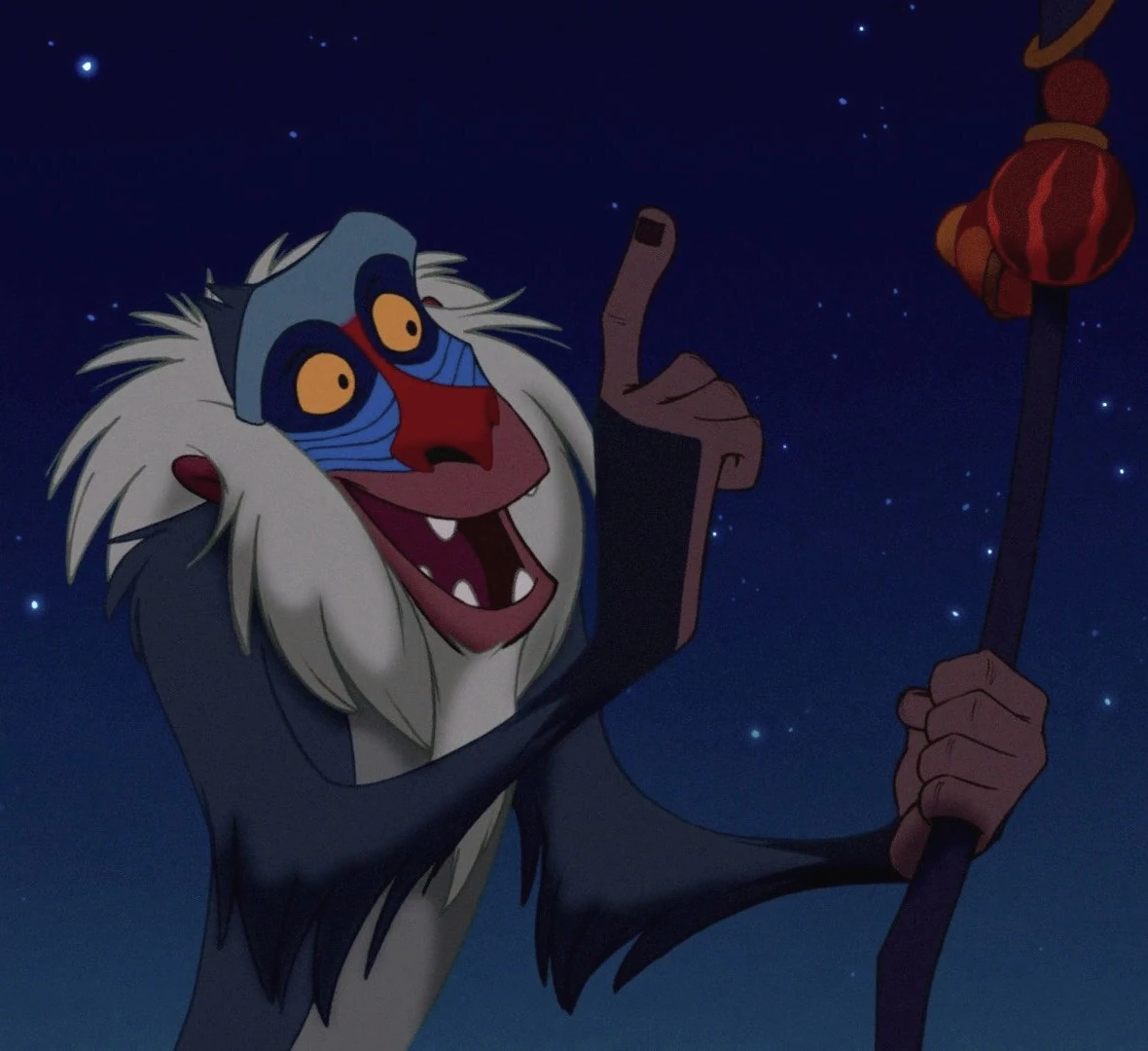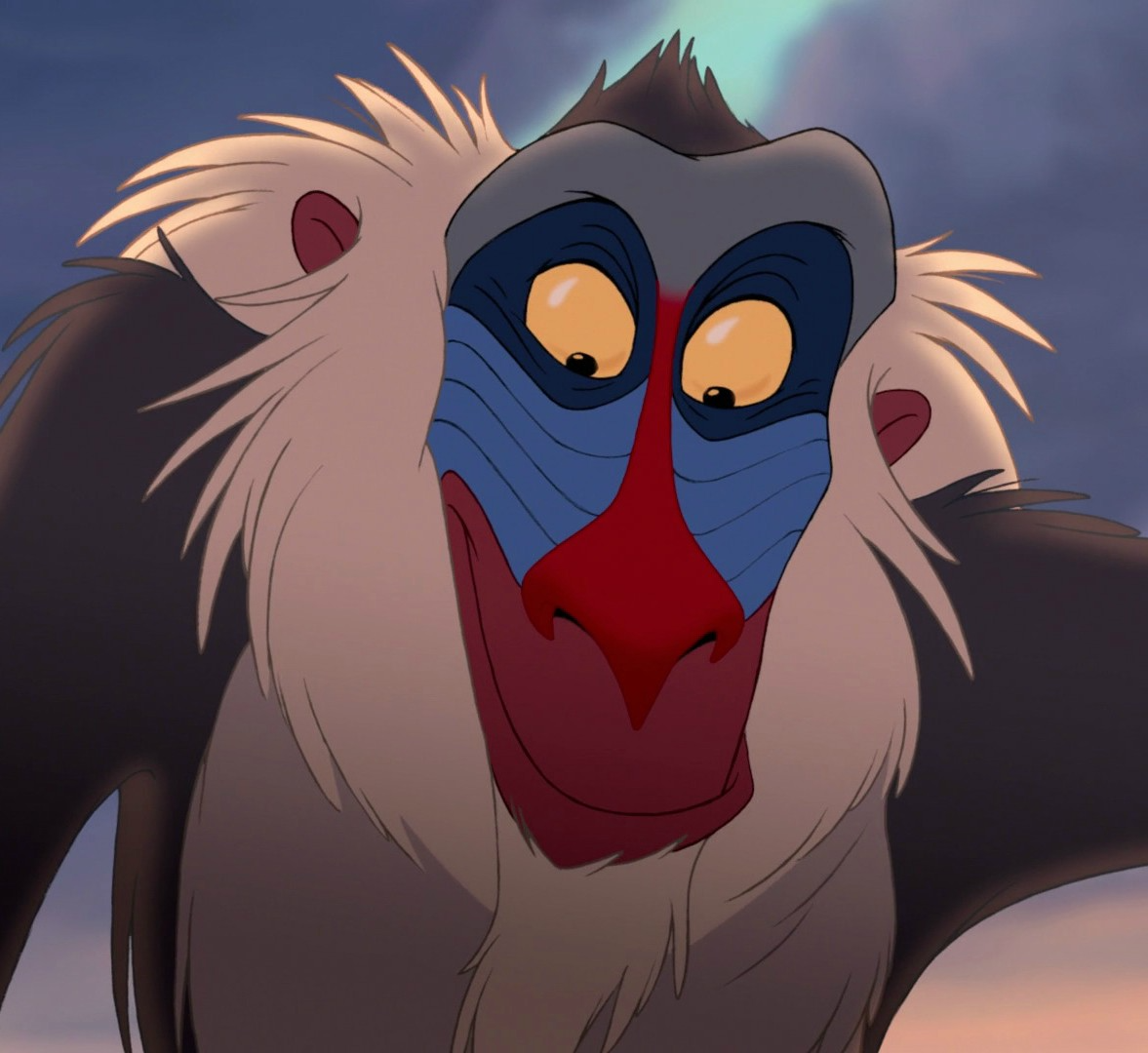When we talk about Rafiki, many fans of Disney's "The Lion King" often wonder, "What monkey is Rafiki?" Rafiki is one of the most iconic characters in the film, but his species has been a subject of curiosity and debate. This article dives deep into the question, providing an insightful exploration of Rafiki's species and significance in the story.
Rafiki, the wise and eccentric mandrill, plays a pivotal role in "The Lion King." He acts as a mentor and spiritual guide to Simba, the protagonist. Understanding Rafiki's species not only enhances our appreciation of the character but also enriches our knowledge of African wildlife and mythology.
Join us on this journey as we unravel the mystery behind Rafiki's species, exploring his character, symbolism, and the cultural significance that makes him a beloved figure in the world of animation.
Read also:Is Eilish Holton Married Unveiling The Truth Behind The Rising Stars Relationship Status
Table of Contents
- Rafiki's Biography
- What Monkey is Rafiki? Identifying His Species
- Physical Characteristics of Rafiki
- Natural Habitat and Behavior
- Symbolism and Cultural Significance
- Mandrills in the Wild
- Comparison with Other Primates
- Rafiki's Role in The Lion King
- Fascinating Facts About Mandrills
- Conclusion
Rafiki's Biography
Rafiki is a central character in Disney's "The Lion King," known for his wisdom, humor, and spiritual guidance. Below is a brief overview of his life and role in the Pride Lands.
Rafiki's Biodata
| Name | Rafiki |
|---|---|
| Species | Mandrill |
| Role | Spiritual Mentor and Advisor |
| Home | Pride Lands |
| Significant Events | Coronation of Simba, Mentorship of Simba |
Rafiki's life revolves around his role as the wise elder of the Pride Lands. His actions and teachings shape the destiny of Simba and the entire pride.
What Monkey is Rafiki? Identifying His Species
Rafiki is a mandrill, a species of monkey native to the rainforests of equatorial Africa. Mandrills are known for their vibrant colors, intelligence, and social behavior, making Rafiki an apt representation of the species.
Why Rafiki is a Mandrill
Disney chose the mandrill for Rafiki due to its distinctive appearance and symbolic significance. The mandrill's colorful face and fur make it a striking figure, perfectly suited for the mystical role Rafiki plays.
Physical Characteristics of Rafiki
Rafiki's physical traits align closely with those of a mandrill. Below are some key characteristics:
- Brightly colored face with blue and red markings.
- Long, white beard and mane.
- Strong limbs and a sturdy build.
- Vibrant yellow and orange fur on his back.
These traits make Rafiki instantly recognizable and reinforce his status as a wise elder.
Read also:Exploring Neal Bledsoes Life Career And Partner
Natural Habitat and Behavior
In the wild, mandrills inhabit dense rainforests and forest-savanna mosaics in West and Central Africa. They are primarily terrestrial, spending much of their time on the ground foraging for food. However, they are also adept climbers and often retreat to trees for safety.
Diet and Social Structure
Mandrills are omnivores, feeding on fruits, seeds, insects, and small animals. They live in large social groups called hordes, led by a dominant male. These groups can consist of up to 200 individuals, showcasing their strong social bonds.
Symbolism and Cultural Significance
Rafiki's character draws inspiration from African mythology and traditions. The name "Rafiki" itself means "friend" in Swahili, reflecting his role as a trusted advisor. In many African cultures, mandrills are seen as symbols of wisdom and spiritual connection, qualities embodied by Rafiki.
Rafiki as a Spiritual Guide
Rafiki's use of a staff and his connection to the ancestors highlight his role as a bridge between the physical and spiritual worlds. This symbolism resonates with African spiritual practices, where elders and shamans are revered for their wisdom and guidance.
Mandrills in the Wild
Mandrills are fascinating creatures with unique behaviors and adaptations. Below are some key facts about mandrills in their natural habitat:
- Mandrills are the largest species of monkey.
- They are known for their powerful jaws and sharp teeth.
- Male mandrills are significantly larger and more colorful than females.
- They communicate through a variety of vocalizations, facial expressions, and body language.
Understanding mandrills in the wild provides valuable context for appreciating Rafiki's character and design.
Comparison with Other Primates
While mandrills share similarities with other primates, they have distinct characteristics that set them apart. Below is a comparison with some other well-known primates:
Differences from Baboons
Baboons and mandrills are both members of the Old World monkey family, but they differ in appearance and behavior. Mandrills have more vibrant colors and are primarily forest-dwelling, while baboons are more commonly found in savannas.
Similarities with Gorillas
Mandrills and gorillas share a preference for terrestrial lifestyles and strong social bonds. However, gorillas are much larger and have a more herbivorous diet compared to mandrills.
Rafiki's Role in The Lion King
Rafiki's role in "The Lion King" extends beyond being a mentor to Simba. He serves as a guide, philosopher, and ceremonial figure, influencing the story's major events.
Key Contributions
- Performing Simba's coronation ceremony.
- Helping Simba confront his past and embrace his destiny.
- Providing wisdom and perspective during critical moments.
Rafiki's presence throughout the film reinforces the importance of guidance and self-discovery in the journey to adulthood.
Fascinating Facts About Mandrills
Here are some intriguing facts about mandrills that deepen our appreciation of Rafiki's species:
- Mandrills are the most colorful primates, with bright blue and red markings on their faces and rumps.
- They have cheek pouches that can store food for later consumption.
- Male mandrills use their colorful faces to attract mates and intimidate rivals.
- Mandrills are listed as Vulnerable on the IUCN Red List due to habitat loss and hunting.
These facts highlight the complexity and beauty of mandrills, making them a perfect choice for Rafiki's character.
Conclusion
Understanding "What monkey is Rafiki?" reveals a deeper appreciation for the character and the species he represents. Rafiki's role as a mandrill reflects the wisdom, symbolism, and cultural significance of these remarkable primates. By exploring his species, characteristics, and cultural context, we gain a richer understanding of his importance in "The Lion King."
We invite you to share your thoughts and insights about Rafiki in the comments below. Do you have any interesting facts about mandrills or "The Lion King" that you'd like to add? Don't forget to explore our other articles for more fascinating content!
References:


